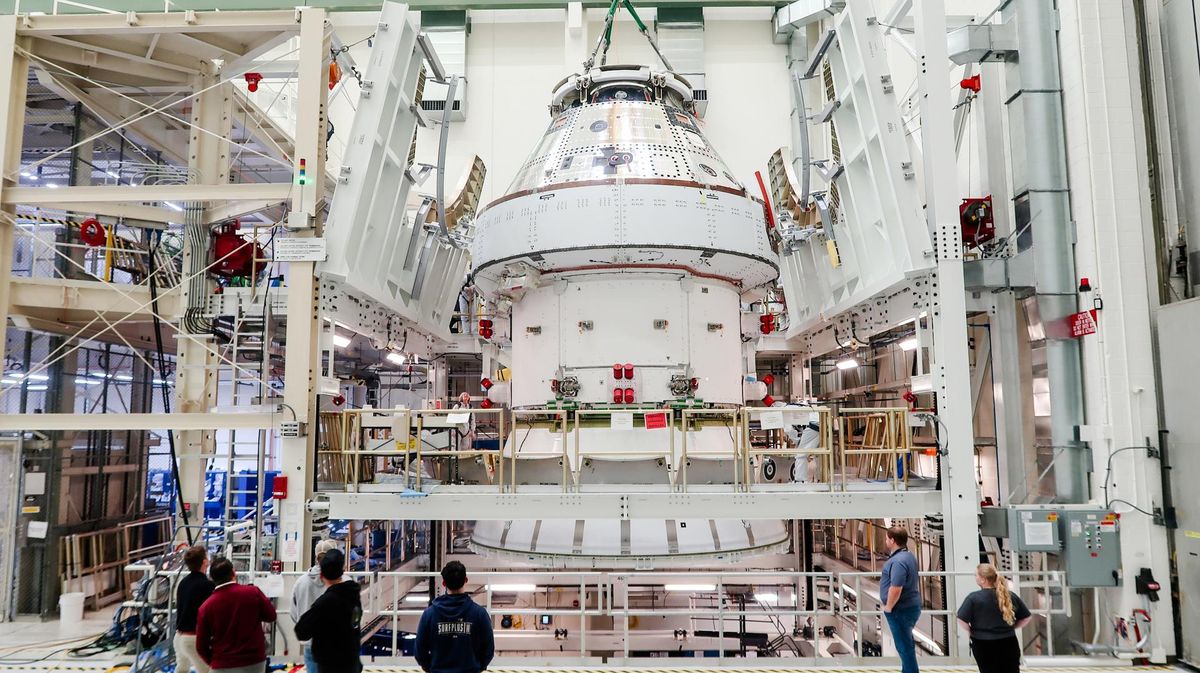Tracking Toxic Gas Plume from Icelandic Volcanic Eruption
Scientists are currently monitoring a massive plume of toxic gas that is moving across northern Europe, originating from the ongoing volcanic eruption in Iceland. Although the gas cloud is not expected to pose significant health risks, experts caution that it could impact the ozone hole over the Arctic region.
Details of the Eruption
On March 16, an underground volcano located in Iceland’s Reykjanes Peninsula erupted for the fourth time in recent months. This eruption cycle opened up the largest fissure yet, leading to a substantial lava flow. Fortunately, the lava narrowly missed the evacuated town of Grindavík. Initial concerns arose that the lava could reach the sea, releasing a plume of hydrochloric acid that would have been life-threatening. However, the lava did not reach the shoreline, but it did release sulfur dioxide, a colorless and toxic gas that can be hazardous in high concentrations.
Recent Developments
By March 17, the volcano was emitting approximately 110 pounds (50 kilograms) of sulfur dioxide per second. Workers at the nearby Svartsengi power plant were evacuated due to elevated gas levels. Local residents were also advised to remain indoors temporarily. Although sulfur dioxide emissions have decreased since March 18, satellite data from the Copernicus Atmosphere Monitoring Service (CAMS) reveals that the initial gas emission formed a 3-mile-tall concentrated column that has now moved towards other parts of northern Europe.
Potential Impact on Ozone Layer
Sulfur dioxide can interact with atmospheric ozone molecules, potentially depleting the protective ozone layer that shields Earth from harmful ultraviolet rays. While CAMS experts do not anticipate any immediate impact on air quality or climate, the long-term effects of sulfur dioxide emissions from volcanic eruptions are significant. Notably, historical data links volcanic eruptions to ozone depletion, as seen in the near-record-largest ozone hole above Antarctica following the 2022 eruption in Tonga.
Future Implications
Scientists predict that the recent volcanic activities in Iceland could mark the onset of an extended period of heightened volcanic activity in the region. Consequently, the ongoing emissions of sulfur dioxide towards the Arctic region could contribute to larger ozone holes in the future. Continuous monitoring of the situation is crucial to assess the evolving atmospheric conditions and potential impacts of volcanic eruptions on the ozone layer.
Image/Photo credit: source url





